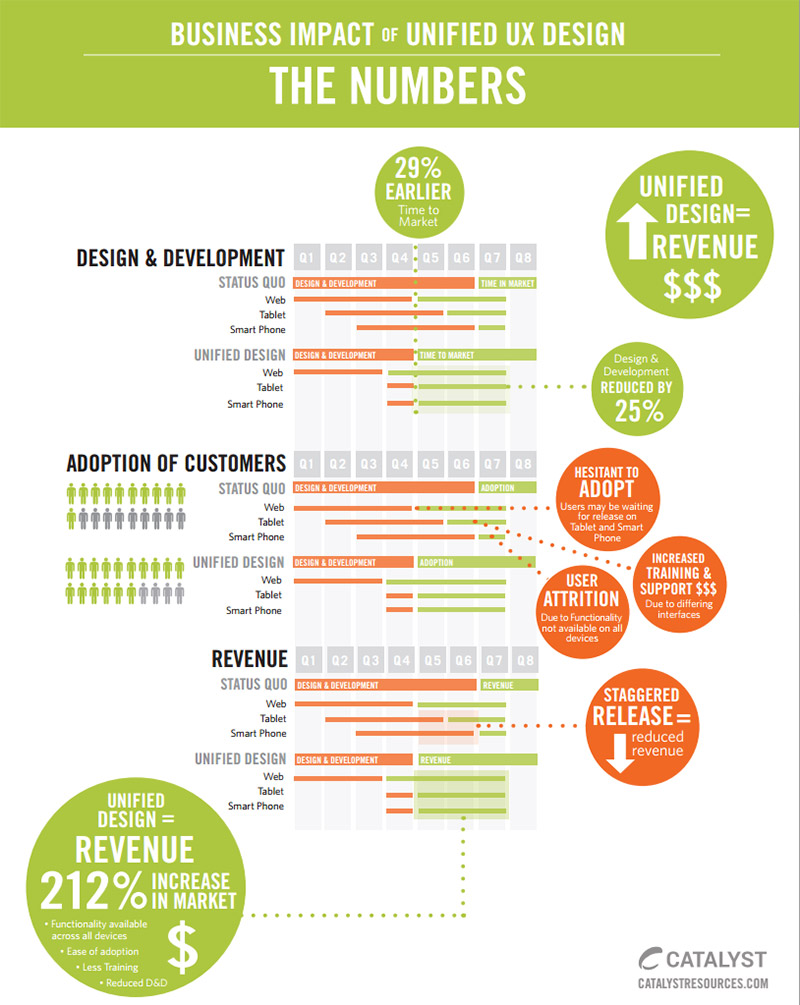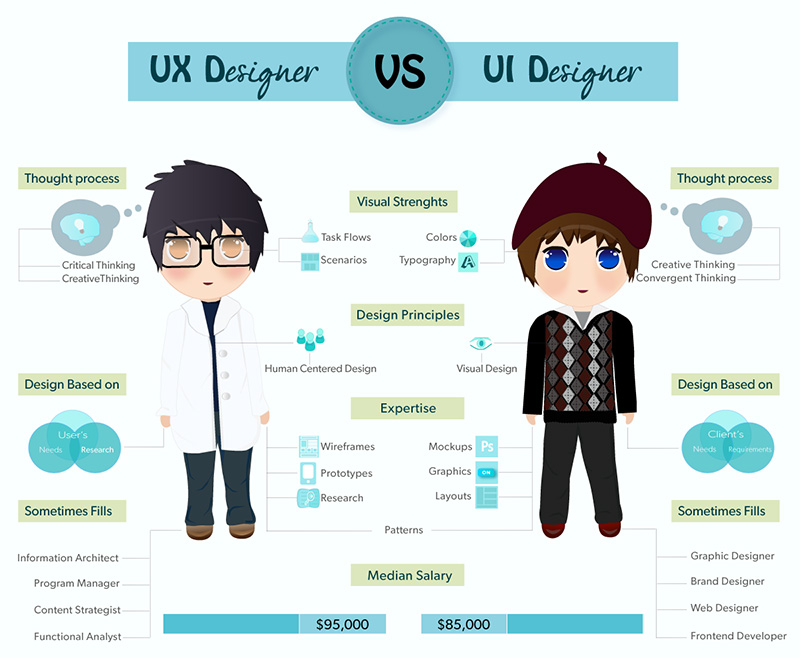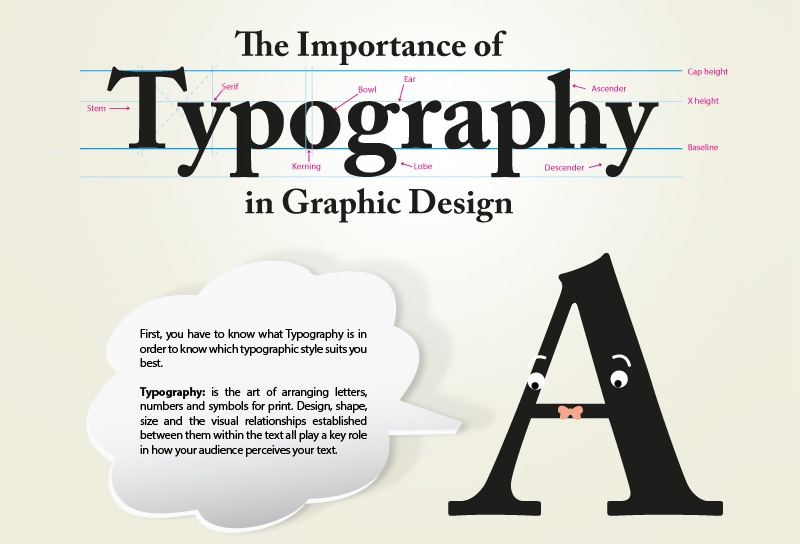
Tips and Tricks: Why Web Design Matters to Your Target Audience
In the modern age, innovations in technology are happening at a rapid pace around the world, especially in the online marketing industry. Whether you are already operating your online business or are currently in the process of designing a website for your target audience, you’ve likely run into terms like UX (User Experience Design) and UI (User Interface Design) more than once or twice. While one is entirely different from the other, both UX and UI design are crucial to the operation of a website and complement each other to produce the best results.
Aiming At Your Target Audience By Design
In a nutshell, when it comes to understanding how UX and UI design work together to produce a successful product, a common analogy involves comparing the product to the human body, in which the bones represent the code, which in turn give the body structure. Similar to the organs of the body, which work to measure and optimize support for life functions, UX design works on a more analytical and technical field. On the other hand, UI design can be compared to representing the cosmetics of the body, such as how we react, what we sense, etc. In the same light, UI design is closer to what many refer to as graphic design and reflects how well it communicates with the UX design via a set of commands or menus, such as buttons, toolbars, icons and other controls visitors user to navigate, input data and make selections throughout the site.
In terms of running a successful business online, UX design is responsible for impacting and enhancing customer satisfaction and loyalty by giving customers the best possible experience with the product, such as improving ease of use, usability, and the overall feel for those using the site. Comparatively, UI design is responsible for ensuring that it visually communicates with the path that the UX design has provided so that users may interact with each screen or page without interruption. While both elements work differently, it is essential that one does not sacrifice one over the other when designing a website.
The Digital Path to a Successful Website
While UX and UI designers both play incredibly important roles when creating a website, there are many other things going on in the background in order to produce the best results. Content marketers, SEO (Search Engine Optimization) specialists, programmers, researchers, and many other individuals are essential to the digital age as well.
As one of the fastest growing industries today, the digital sector is always looking for analytical and free thinkers. In fact, 7.5% of the UK workforce is currently employed by the digital sector and advertisements for digital job positions rose by 28% from 2013 to 2014.
Unified UX Design: Giving Users What They Want
Retail businesses rely particularly heavily on quality user experience as their primary goal to make it as simple as possible for their target audience to find what they are looking for, encouraging potential customers to buy products, repeat sales and referrals. Whether visitors are using a desktop or smartphone to access a business’ site, effective UX design plays a key factor in influencing first impressions in customers, which in turn can directly impact future site traffic and attention to their product.

Image credit: Catalyst Resouces
However, having a successful website involves much more than making sure the mechanics run smoothly. Before a site can create value, your target audience needs to be able to find it and use it. The first step is to find a way to engage your target audience by crafting something they will want to take the time to experience for themselves. This is where user experience comes in. Combining emotions, senses, actions and social stigma, UX affects how users perceive their interaction with the site. As the homepage is the primary gateway to a site’s content and functionality, businesses need to place high priority on UX design in order to deliver their message quickly to visitors as well as keep them intrigued by what the site has to offer.
In addition, as smartphones continue to contribute to online sales and traffic on a daily basis, this makes making a website mobile-friendly more important than ever before. According to research, as more consumers prefer to use their mobile devices to shop and perform research, users are 5-times more likely to leave a site if its UX design is not optimized for mobile.
Regardless of the target audience, a well laid out homepage is the beginning of the ideal user experience.
UI Design: Visually Appealing to the Target Audience
More than determining where to place buttons and links, creating an effective user interface for users involves being able to create pages and applications that are not only easy to use, but ones that create the least amount of UI friction. A quality user interface design will largely contribute to the increase of site usability and improve the success of completion of any task the user is making.

Image credit: UX Motel
While it may have been the trend to crowd websites with Flash images and auto streaming videos, UI design has worked its way back to the basics in recent years. Emphasizing the importance of typography, which forms 93% of all website components, UI designers are also paying greater attention to the textual content of websites in order to maximize readability, graphic balance and convenience for the site’s users. By using the minimalist approach, site administrators can focus more on sharing user-generated content.

Image credit: 121 Blog
Another popular approach in website design is known as skeuomorphism, a UI design that was largely adopted by sites around the world after first being popularized by Apple Inc. Unlike minimalism, skeuomorphic design relies on imitating the appearance and functionality of objects most users are already familiar with in order to make the UI more intuitive. Particularly if web applications are designed for touchscreen devices, providing the user with a skeuomorphic UI design can act as an effective trade-off for its familiarity and user-friendliness.
Depending what your site offers – products, written content, forums, etc. – go with a UI design that will best attract your target audience. For example, if the focus of your site is to upload and share images, videos, etc., on a blog, a minimalist approach may be ideal so that it is user-friendly for visitors who want to contribute their own content. On the other hand, if your primary goal is to sell products online, a more laser-focused approach may be best so that potential customers are not encouraged to stray away from completing purchases.
Conclusion
Even if a website contains incredibly high-definition graphics as well as all the bells and whistles, the site will not be able to offer any value to its users or generate any considerable amount of traffic if the UX and UI design do not complement one another.
